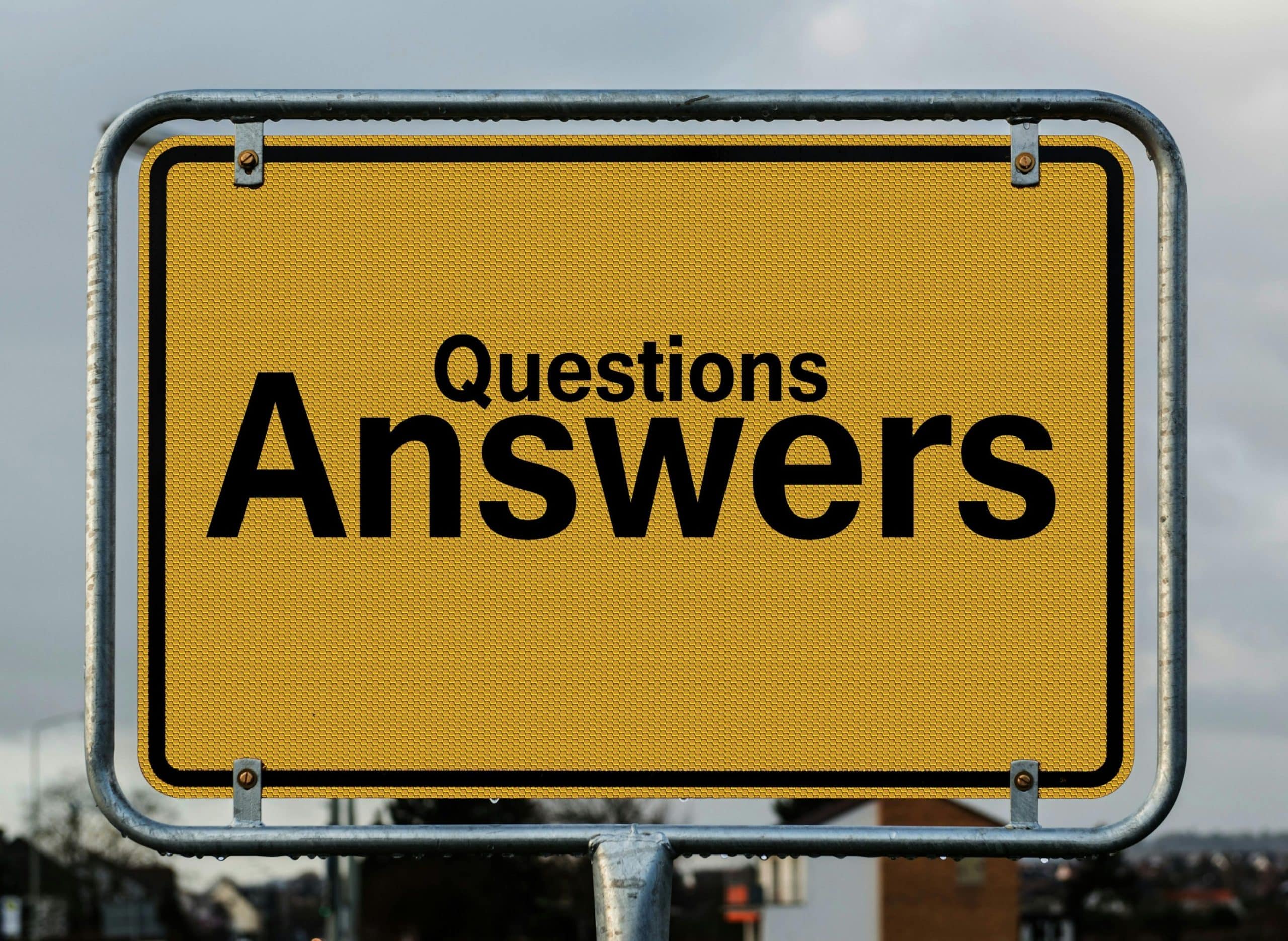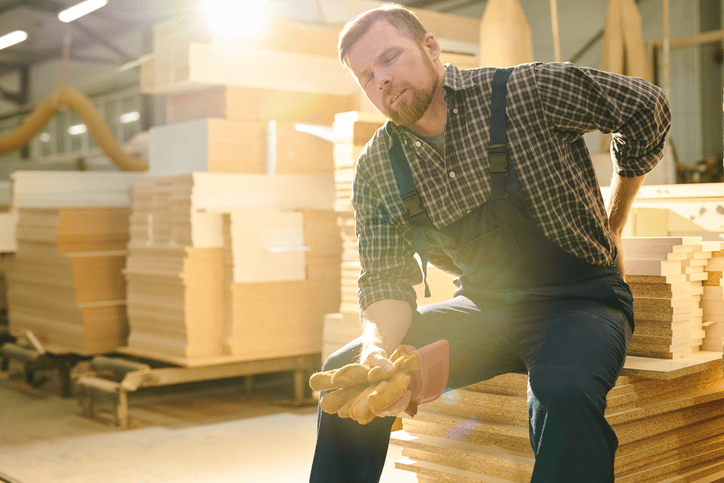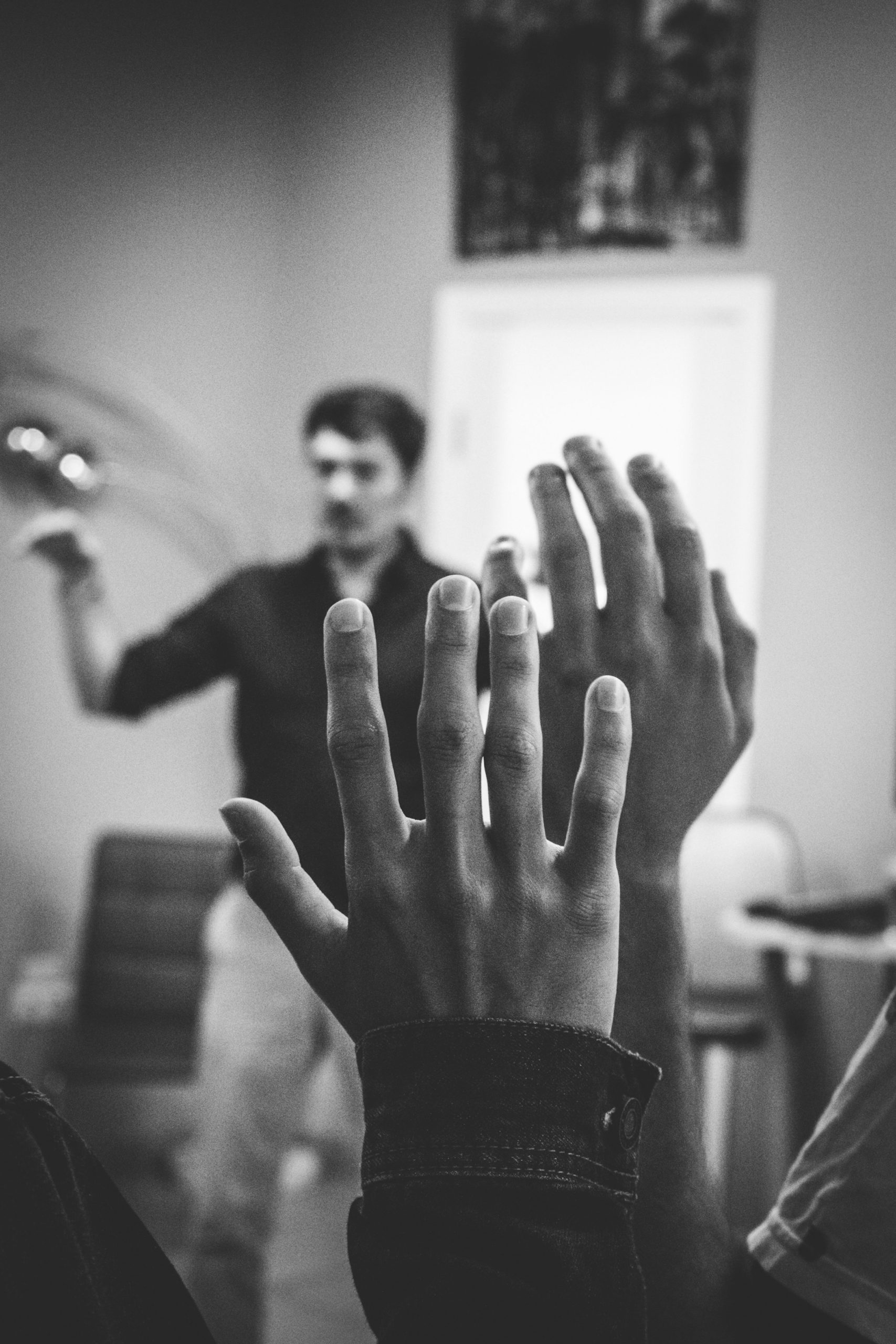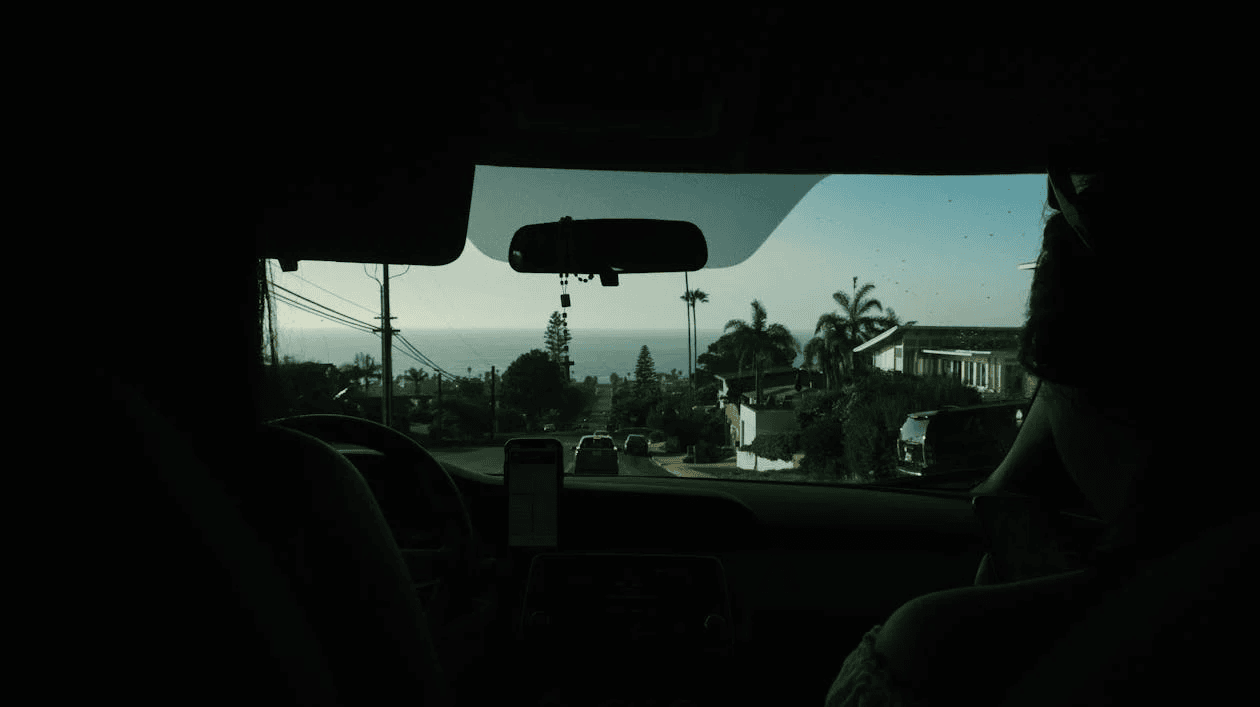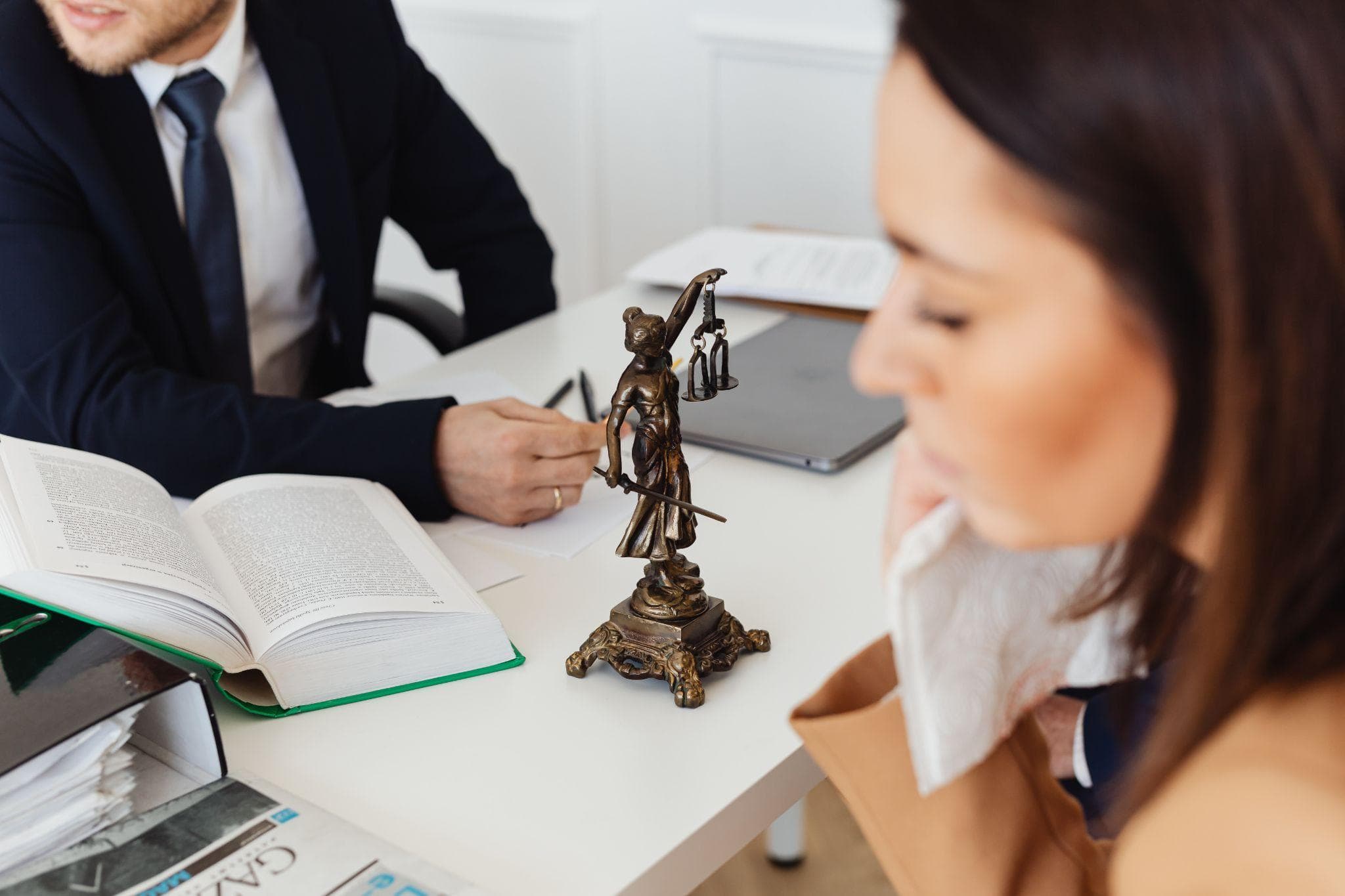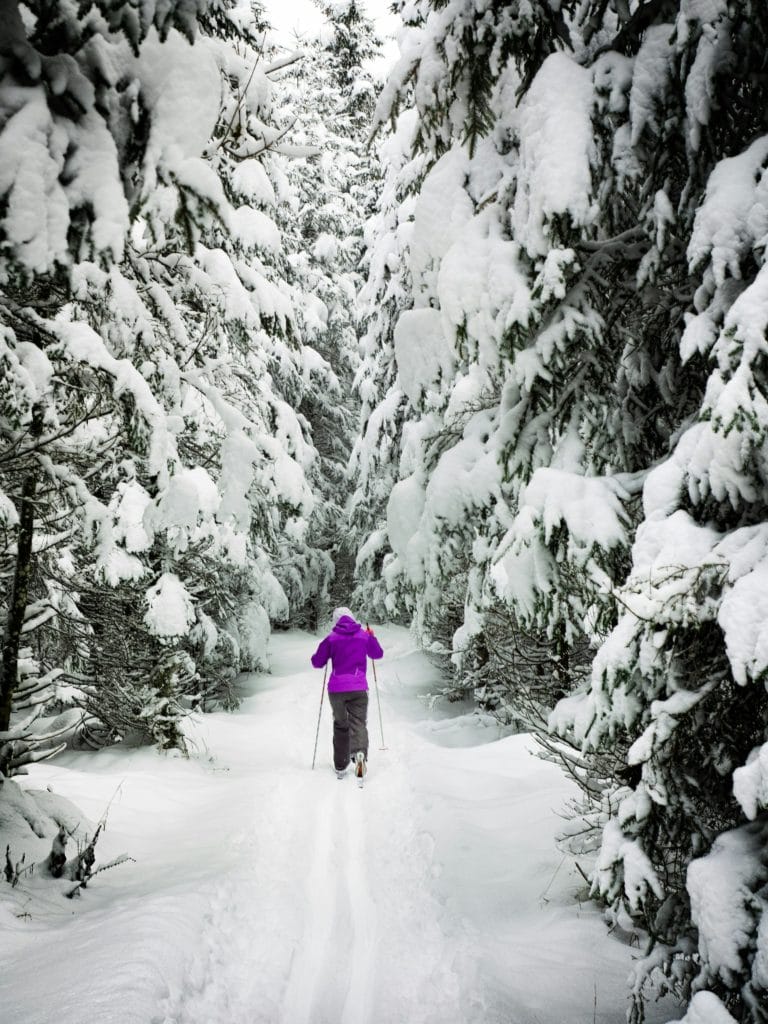
Skiing in Utah is an unforgettable time that is filled with thrill and excitement. Whether it’s Park City, Deer Valley Resort, Alta, or Snowbird — you’re sure to have a blast riding these slopes. Despite the fun-filled time skiing the pow, it always carries risk.
Getting injured while skiing can happen in a number of ways: the natural obstacles, potential resort management, or other skiers not seeing you downhill from them. Regarldess, a skiing collision can be a massive issue, with possible suing involved.
Regardless, it is so important to understand any and all legal remedies available to you. Bourassa is here to help.
Ski Lift: Utah Inherent Risks of Skiing Act
Skiers and snowboarders are mostly at risk during the activity unless they take reasonable care and avoid being held liable for such collisions.
While factors like weather conditions, missing out on primary duty, and municipal codes is common, that’s not all that matters. You need to avoid collision with the other party altogether, but what’s the legal ruling here?
What the Law Says
There are certain duties for ski operators that they cannot miss out on. This is a legal aspect and needs to be handled accordingly. Moreover, the most important aspect of understanding skiing liability in Utah is the Utah Inherent Risks of Skiing Act.
Pursuant to Utah law, “an individual engaged in the sport of skiing may not recover from a ski operator for injuries resulting from the risks that are inherent in the sport of skiing.”
This means that all ski resorts and their employees are protected from suit in Utah, if the injury resulted from an “Inherent risk” of skiing.
What Is an Inherent Risk?
For example, tree stumps not cut low enough, large rocks, or obstacles left in dangerous areas, are all most likely protected under the law. But if you are injured or questioning it at all, call us – we can talk through it with you.
Situations Where Resorts Could Be Liable: Ski Resorts Essentials
1. Hazardous Terrain
Improperly marked or maintained slopes, poorly designed trails, and inadequate signage can create hazardous terrain.
This increases the risk of accidents, including collisions with obstacles, falls due to sudden changes in slope or terrain, and avalanches triggered by unstable snow conditions.
2. Inadequate Safety Measures
Ski resorts are responsible for implementing and enforcing safety measures to protect snowboarders.
This includes properly installing and maintaining safety equipment such as fencing, padding, and safety nets. Failure to provide these safety measures can result in injuries from collisions or falls.
3. Insufficient Staff Training
Ski resorts should ensure that their staff members, including instructors and lift operators, are properly trained to handle emergencies and enforce safety protocols. Inadequate training can lead to accidents, improper equipment handling, or failure to respond promptly to incidents.
4. Negligent Equipment Rental
Ski resorts often provide snowboarding equipment for rental. If the rental equipment is poorly maintained or defective, it can contribute to accidents and injuries.
Examples include bindings that do not release properly or faulty boots that do not provide adequate support.
Liability of Other Skiers
Trying to decide who is at fault during a skiing activity is pretty complicated but know that the resort is not the only person responsible. If your injury was caused by another skier, you may sue that individual and file a claim with their insurance.
Skiing, like any other activity, requires a certain standard of care, and if that standard of care is breached, a skier may be liable. The skiing accident can be because of various parties, so the question is, isn’t just about who is at fault during a skiing accident. The particular case and scenario also makes ample difference in this regard.
Skiing Accident Statistics: Numbers and Stats
Every year, the National Ski Area’s Association releases fact sheets. There were a total of 46 fatalities reported during the 2022-2023 skiing season which is higher than the 10-year industry average at 40 fatalities per season. Moreover, of the 46 fatalities that occurred, only six people were not wearing helmets at the time.
It means, you can get injuries during a Utah ski even if you’re are not doing it in a reckless or negligent manner. While several options are available to protect skiers against reckless skiing, there’s not much to do if collision occurs.
During this same time period, there were 53 catastrophic incidents reported. Males comprised 72% of all skier/snowboarder catastrophic injuries. That said, it’s clear that ski areas could pose a serious threat to skiers and snowboarders, especially if they are a uphill skier.
How Bourassa Law Group Can Help
The Bourassa Law Group helps injured people all over the state of Utah and Colorado. If you are injured at a ski area, please reach out to us as soon as possible, we are ready to help you determine whether you have a potential claim.
The best part, we are skiers and lawyers. We understand the love for skiing and the Park City Mountain Resort. If you don’t want to spend endless hours with ski patrol, a personal injury attorney can be the perfect option for you.
Our personal injury lawyers are well aware of the ski area operators and the basics of the Utah Supreme Court. With the help of our personal injury lawyer, getting the right compensation for your ski accident has never been easier.
